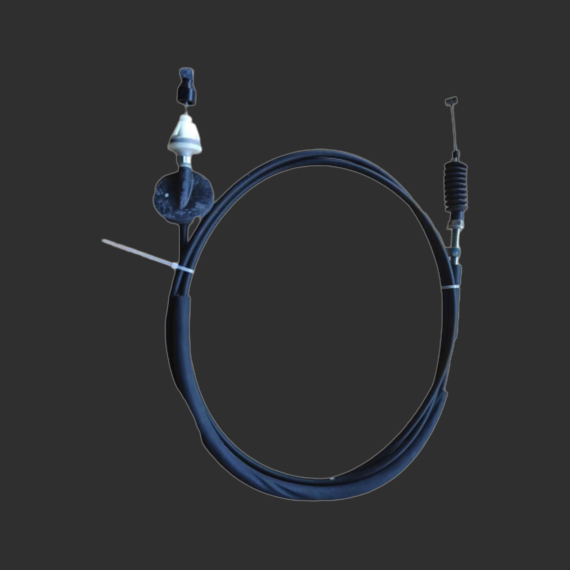auto gear cable
Understanding Auto Gear Cables The Unsung Heroes of Your Vehicle's Performance
When you think about the mechanics that keep your vehicle running smoothly, you might picture elements like the engine, the transmission, or the wheels. However, there is a critical component that often goes unnoticed the auto gear cable. This seemingly simple part plays a significant role in the overall functionality of the transmission system, ensuring that gear changes are seamless and efficient.
What is an Auto Gear Cable?
An auto gear cable, also known as a shifter cable or a transmission cable, is a flexible wire that connects the gear shifter inside the vehicle to the transmission system. Its primary function is to transmit the driver's input from the gear lever to the transmission, allowing the vehicle to change gears smoothly. Without this cable, your attempts to shift from park to drive or reverse would be futile, underscoring its crucial role in daily driving.
How Does It Work?
The operation of the auto gear cable is a classic example of simple mechanics in action. When you move the gear shifter, the cable is pulled or pushed, which in turn moves a mechanism in the transmission. This mechanism engages the appropriate gear based on the driver’s intention. In modern vehicles, these cables are often designed with precision to ensure that the movement is as smooth as possible and minimizes any delay in gear shifting.
Types of Auto Gear Cables
Over the years, auto gear cables have evolved. There are generally two types manual transmission cables and automatic transmission cables. Manual transmission cables tend to be more straightforward, with fewer components involved in the shifting process. In contrast, automatic transmission cables often incorporate additional systems like electronic controls to accommodate the complexity of automatic gear shifting.
The Importance of Quality in Auto Gear Cables
auto gear cable

Not all auto gear cables are created equal. The quality of these cables can greatly affect the performance and reliability of a vehicle’s transmission system. High-quality cables are typically made from durable materials that can withstand wear and tear over time. Cheaper cables may save you money upfront but can lead to premature failure and potentially costly repairs in the long run.
Signs of a Worn or Damaged Gear Cable
Drivers may not often think about the condition of their auto gear cables, but there are several signs that indicate a problem. If you notice difficulty shifting gears, unusual noises when changing gears, or a loose shifter, it may be time to inspect your gear cable. Sometimes, the cable could become frayed or kinked, leading to erratic shifting behaviors. In such cases, replacement is necessary to maintain optimal vehicle performance.
Maintenance Tips
Maintaining your auto gear cables can help prolong their lifespan and ensure that your vehicle remains responsive. Regular inspections can help identify any signs of damage early. Keeping the area around the shifter clean and free from debris is also essential. Additionally, it’s wise to check the cable for proper tension, as cables that are too tight or too loose can result in poor shifting performance.
Conclusion
In summary, auto gear cables may be small and often overlooked components, but they are vital to the overall functionality of your vehicle’s transmission system. Understanding their role, keeping them well-maintained, and recognizing the signs of wear can lead to a smoother driving experience and longer-lasting vehicle performance.
When you sit behind the wheel and shift gears without a second thought, remember the auto gear cable working diligently behind the scenes. The next time you encounter a problem with your vehicle's transmission, consider the possibility that it might just be the cable that needs your attention. Investing in high-quality gear cables and diligent maintenance practices can go a long way toward ensuring that every journey is a smooth one.
-
Workings of Clutch Pipe and Hose SystemsNewsJun.04,2025
-
The Inner Workings of Hand Brake Cable SystemsNewsJun.04,2025
-
The Secrets of Throttle and Accelerator CablesNewsJun.04,2025
-
The Hidden Lifeline of Your Transmission Gear Shift CablesNewsJun.04,2025
-
Demystifying Gear Cables and Shift LinkagesNewsJun.04,2025
-
Decoding Clutch Line Systems A Comprehensive GuideNewsJun.04,2025
